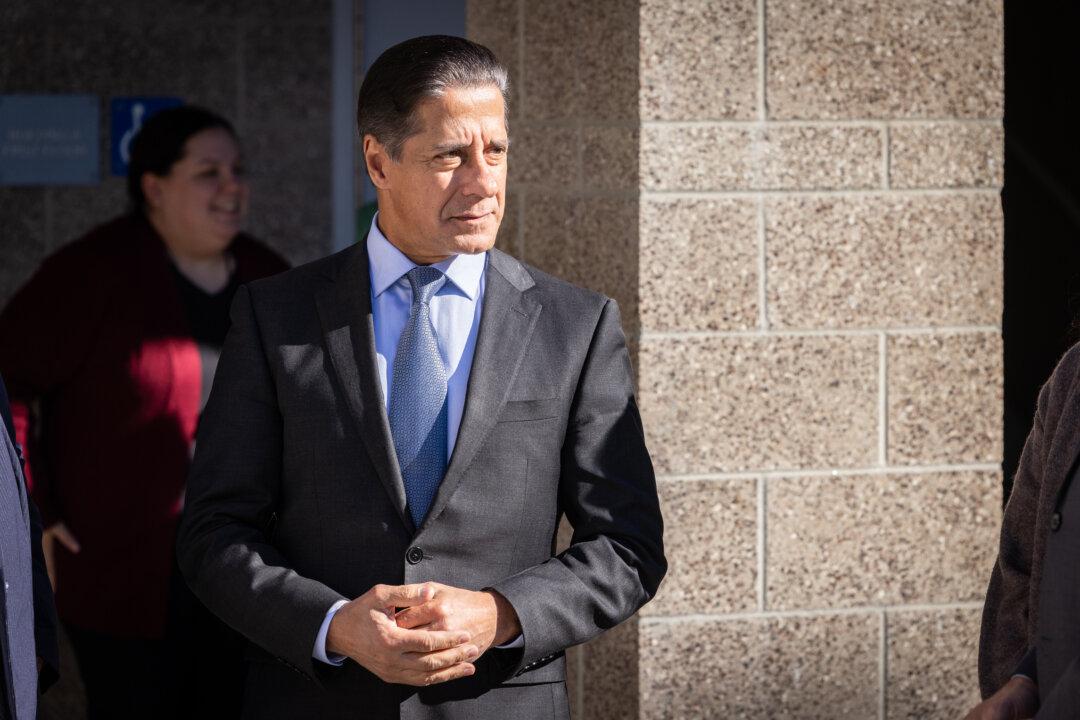California’s largest home insurer asked the state’s insurance department for a 22 percent emergency rate hike Feb. 3 after receiving thousands of claims following Los Angeles County’s catastrophic wildfires last month.
“State Farm helps people recover from the unexpected,” the company wrote in a press release Monday. “That is what we are doing in the wake of the wildfires.”
As of Saturday, the company had received more than 8,700 homeowners claims and paid more than $1 billion to customers after the Palisades and Eaton fires that started Jan. 7.
The fires killed at least 29 people and destroyed more than 16,000 homes and other buildings in what is expected to be the costliest fire in California’s history.
State Farm expects to ultimately pay out significantly more, as collectively these fires will be the costliest disasters in the history of the company, according to the statement.
The insurer asked the California Department of Insurance to immediately approve interim rate increases to help avert a “dire situation” for more than 2.8 million state policy holders, including 1 million State Farm homeowner customers.
If approved, the rate changes would be effective after May 1 for customers who renew their policies, according to the company.
“Insurance will cost more for customers in California going forward because the risk is greater in California,” State Farm wrote in the statement.
The rate increase would help State Farm to rebuild its capital, which is currently depleted, according to the company. A lack of capital could cause rating agencies to downgrade the company and jeopardize the company’s home insurance policy holders regarding mortgage backings, it said.
Over the last nine years, the company claims it has spent $1.26 for every $1 collected, resulting in more than $5 billion in underwriting losses.

The company announced in 2023 it planned to stop accepting new business for casualty and property insurance but would continue to write new auto policies in the state.
The state’s insurance department did not immediately return a request for comment about State Farm’s emergency rate hike Monday.







